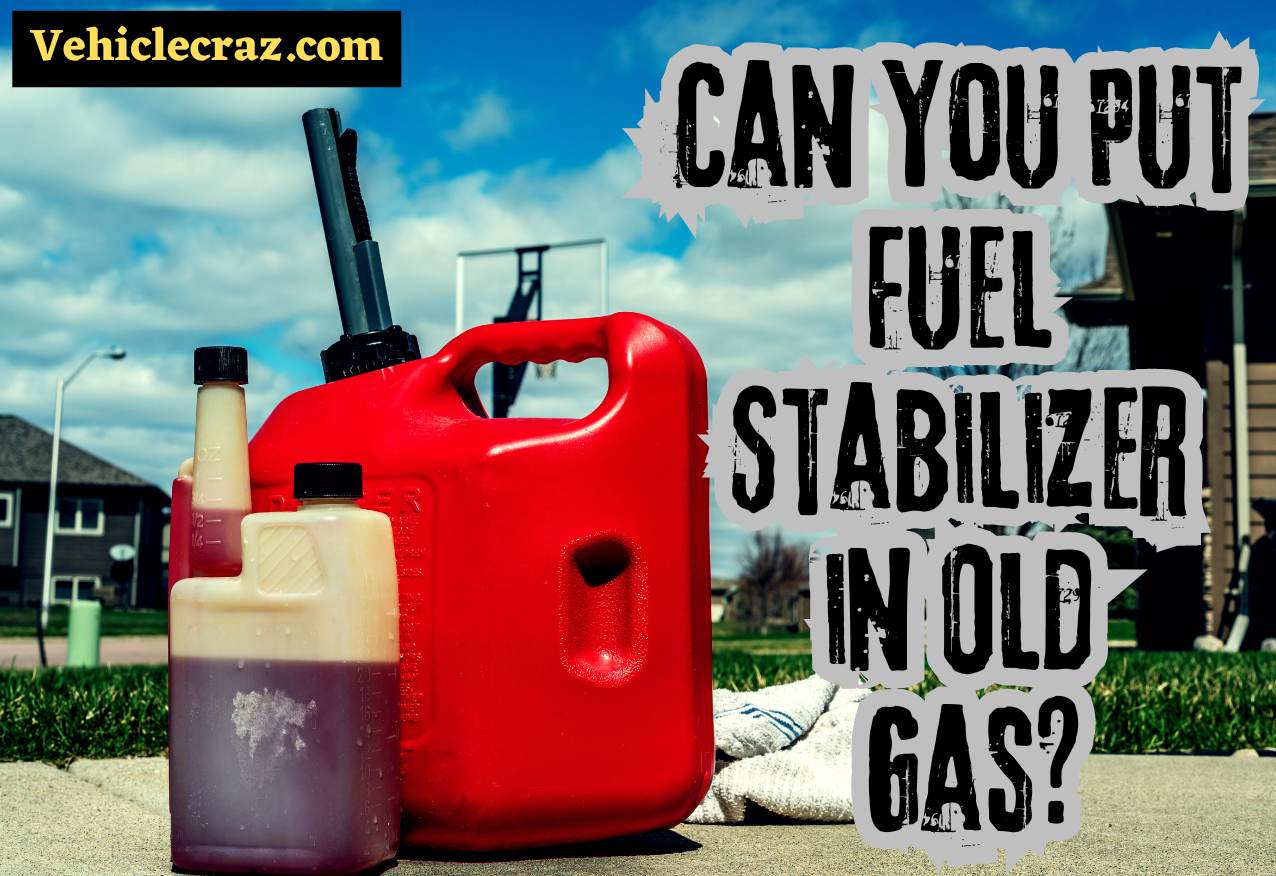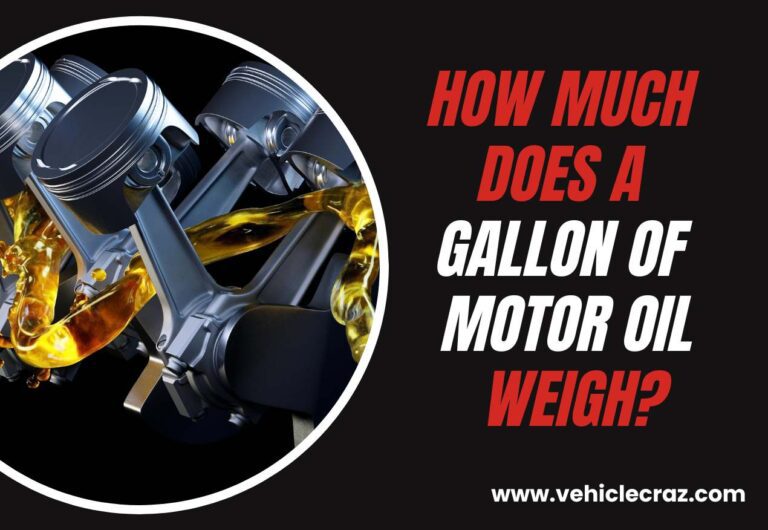Can You Put Fuel Stabilizer in Old Gas?
Do you want to restore the quality of gasoline that has been sitting for a long time? Is it possible through fuel stabilizers? Can you put fuel stabilizer in old gas? Is it worth it? All these questions are answered in this blog post. Let’s get going.
Can You Put Fuel Stabilizer in Old Gas?
Yes, you can put fuel stabilizer in old gas. However, expecting it to completely restore the old gas to its original quality might not be a good idea. Fuel stabilizers are designed to prevent fuel degradation during storage. When added to old gas, stabilizers can help stabilize the fuel and improve its combustibility.
However, the effectiveness of the stabilizer depends on various factors, including the extent of the gas degradation and how long the gas has been sitting. In some cases, old gas that has degraded significantly may not be fully restored by a fuel stabilizer.
If the old gas has been sitting for a long time or if you notice performance issues after adding the stabilizer, it may be best to drain the old gas and replace it with fresh fuel. This will ensure optimal engine performance and prevent potential damage to your vehicle’s fuel system.
When is the Correct Time to Add Fuel Stabilizer to Protect Gas?
The correct time to add fuel stabilizers to protect gas depends on how long you plan to store the gasoline and the conditions in which it will be stored. Here are some general guidelines:
It is best to add fuel stabilizers to gasoline before storing it for an extended period, especially if you plan to store gas for more than 30 days. Adding stabilizers before storage helps prevent fuel degradation and maintain fuel freshness during storage.
We recommend following the manufacturer’s instructions for the specific fuel stabilizer you are using. Different stabilizers may have different recommendations for how much to add based on the size of your gas tank and the length of time the fuel will be stored.
In addition, for seasonal equipment like lawnmowers, boats, or snow blowers, you should add fuel stabilizer to the gas tank before storing the equipment at the end of the season. This helps ensure that the fuel remains fresh and ready to use when you need it again.
If you use gasoline-powered equipment regularly and go through fuel quickly, you may not need to add fuel stabilizer; stabilizer is more beneficial for fuel that will be stored for longer periods.
If you live in an area with extreme temperatures, adding fuel stabilizers before storage can help protect the gasoline from temperature-related degradation.
When is it Too Late to Add Fuel Stabilizers?
Well, it is never too late to add fuel stabilizer to gasoline, but the effectiveness of the stabilizer may be reduced if the gasoline has already started to degrade. As we described, fuel stabilizers are designed to prevent fuel degradation, so adding stabilizer to old gasoline may help stabilize the fuel and improve its combustibility.
However, if the gasoline has already degraded significantly, adding stabilizer may not fully restore it to its original quality. In such cases, it may be best to drain the old gas and replace it with fresh fuel.
How Long Can Gas Sit Before Stabilizer?
The length of time gasoline can sit before needing stabilizer depends on several factors, including the type of gasoline, storage conditions, and the equipment or vehicle it is used in. Here are some general guidelines:
Type of Gasoline
Different types of gasoline have different shelf lives. For example, ethanol-blended gasoline (E10) typically has a shelf life of about three to six months, while non-ethanol gasoline can last up to a year or more if stored properly.
Storage Conditions
Gasoline should be stored in a cool, dry place away from direct sunlight and sources of heat or ignition. Properly stored gasoline will last longer than gasoline that is exposed to extreme temperatures or moisture.
Equipment Use
If you use gasoline-powered equipment regularly and go through fuel quickly, you may not need to use stabilizer. Stabilizer is more beneficial for fuel that will be stored for longer periods.
Ethanol Content
Gasoline containing ethanol is more prone to moisture absorption, which can lead to fuel degradation. Using a fuel stabilizer can help mitigate this issue, especially if the gasoline will be stored for an extended period.
What Type of Fuel Stabilizers Are Best For Old Gas?
When choosing a fuel stabilizer for old gas, it’s important to select one that is specifically designed to revitalize or stabilize old fuel.
Some stabilizers are formulated to rejuvenate old fuel by restoring its combustibility and performance. These products can help break down varnish and deposits that may have formed in the fuel over time.
Certain stabilizers contain additives that can help absorb small amounts of water in the fuel, which is common in old gas. Removing water from the fuel can improve engine performance and prevent damage to the fuel system.
Stabilizers that offer corrosion protection can help prevent rust and corrosion in the fuel system, which can occur when old gas is left untreated.
Also, ensure that the stabilizer is compatible with the type of fuel you are using (e.g., ethanol-blended or non-ethanol gasoline) and the equipment or vehicle it will be used in.
Some popular fuel stabilizers for old gas include Sta-Bil Storage Fuel Stabilizer, Star Tron Enzyme Fuel Treatment, and Sea Foam Motor Treatment. These products are designed to revitalize old fuel and improve its performance, making them ideal choices for treating old gas.


I’m Alex, a seasoned mechanical teacher with over 20 years of hands-on experience in Australia. My passion for all things automotive has driven me to establish this blog, aiming to share my wealth of knowledge and expertise with fellow enthusiasts, DIYers, and anyone keen on understanding the mechanics behind the machines we rely on daily.







